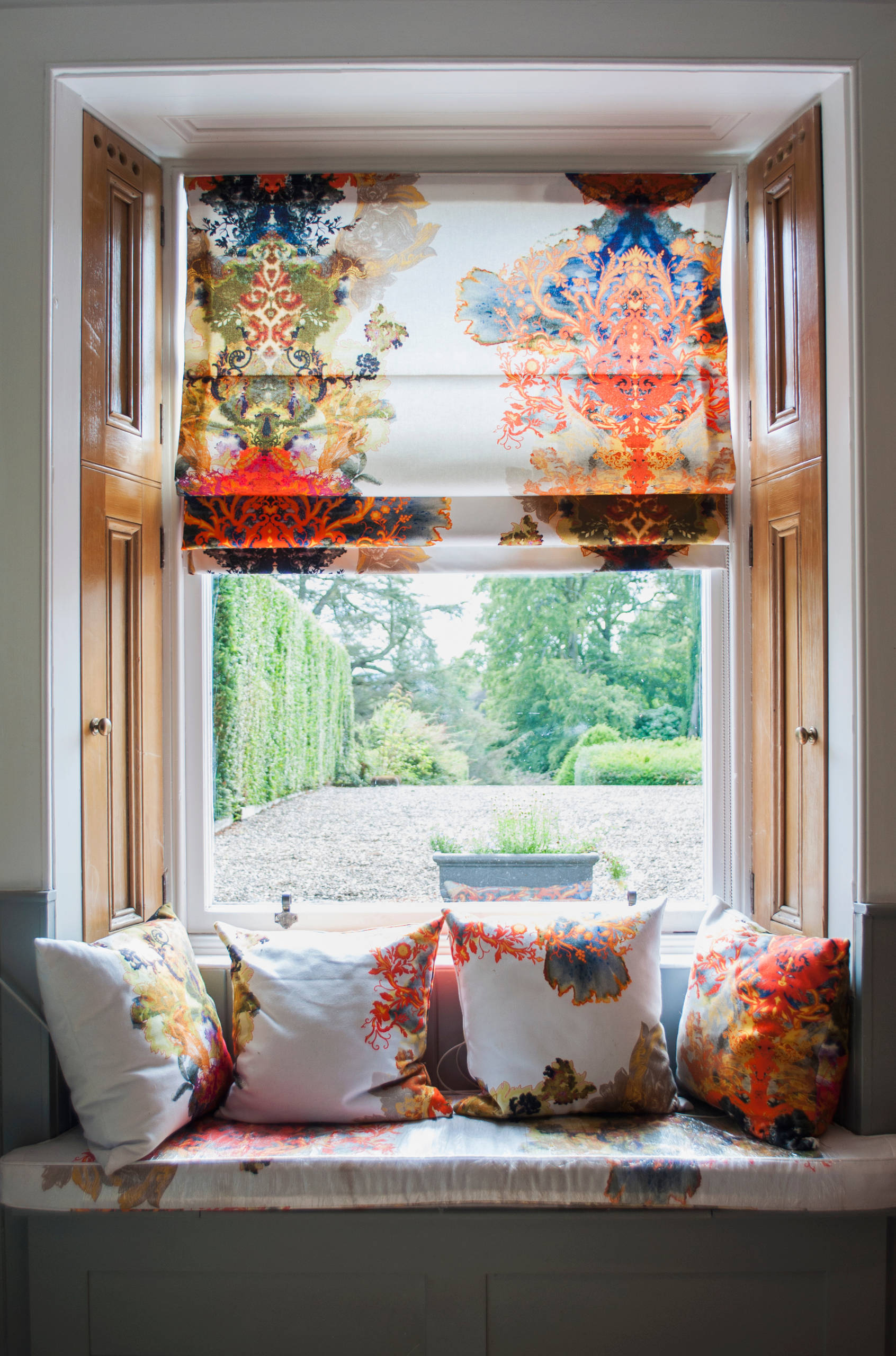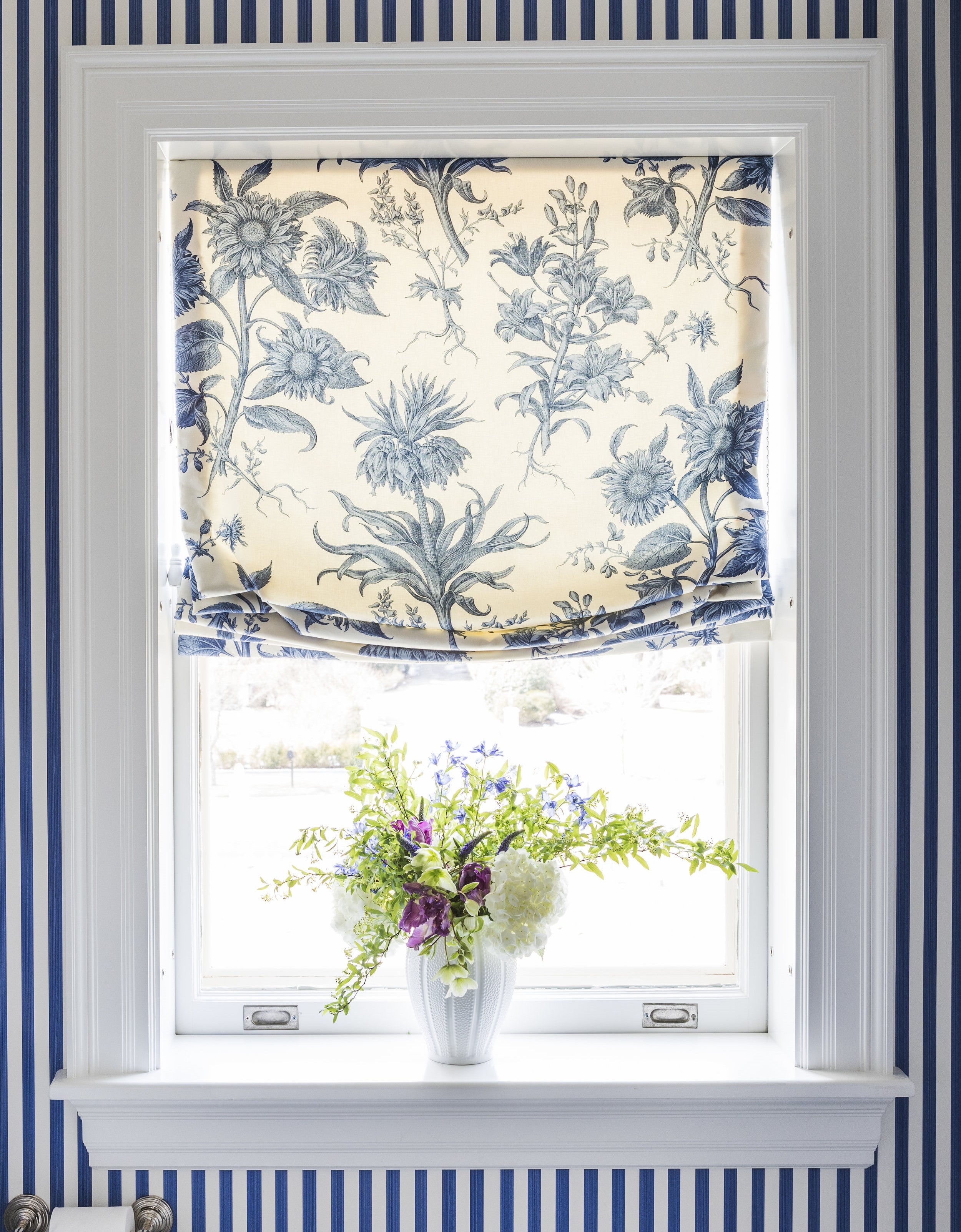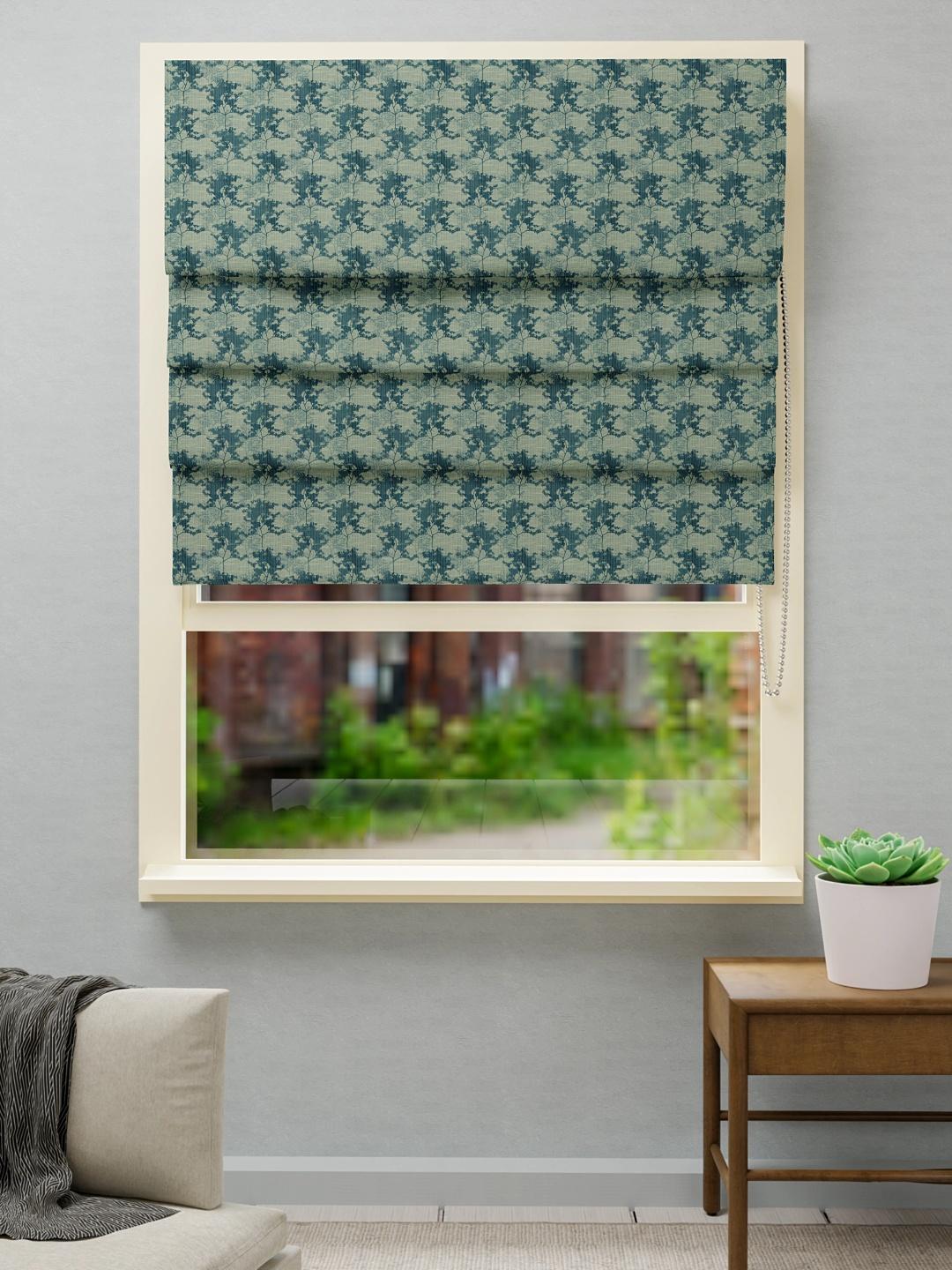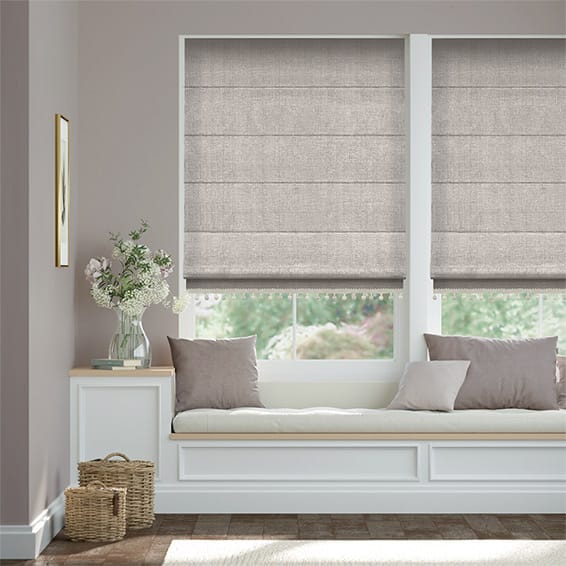When it comes to window treatments, decorative Roman blinds are a timeless choice that combines elegance and functionality. With their soft folds and wide variety of fabrics, they can transform any room into a cozy sanctuary. In this article, we’ll explore everything you need to know about decorative Roman blinds, from styles and materials to installation tips, pros and cons, and FAQs. Let’s dive in!
What are Decorative Roman Blinds?
Decorative Roman blinds, or simply Roman blinds, are fabric window coverings that can be raised or lowered to control light and privacy. They operate through a system of cords that pull the fabric up in horizontal folds. Unlike traditional blinds, Roman blinds provide a softer, more luxurious look, making them a popular choice for both contemporary and traditional interiors.
Types of Roman Blinds
Roman blinds come in various styles that suit different decor needs. Here are the most popular types:
- Flat Roman Blinds: These provide a sleek look, with fabric lying flat when lowered.
- Hobbled Roman Blinds: This style features soft folds that create a more textured appearance.
- Relaxed Roman Blinds: These have a gentle curve at the bottom, adding a relaxed, informal look.
- Balloon Roman Blinds: These have pleats that puff out, giving a more dramatic appearance.
Comparison of Roman Blind Types
| Type | Style | Best For |
|---|---|---|
| Flat Roman Blinds | Sleek and modern | Minimalist interiors |
| Hobbled Roman Blinds | Soft and textured | Classic décor |
| Relaxed Roman Blinds | Casual and cozy | Living rooms and bedrooms |
| Balloon Roman Blinds | Elegant and dramatic | Formal settings |

Benefits of Using Decorative Roman Blinds
Choosing decorative Roman blinds for your windows can offer numerous advantages that enhance your living space:
Elegant Aesthetic
One of the primary reasons people choose Roman blinds is their elegant look. The soft fabric and beautiful folds can add a touch of sophistication to any room.

Versatile Design Options
Roman blinds are available in a myriad of fabrics, colors, and patterns, making them a versatile choice that can match any décor style, from modern to traditional.
Light Control and Privacy
These blinds allow for excellent light control, letting you easily adjust the amount of light entering your space. They can also provide privacy when fully closed.

Energy Efficiency
When properly lined, Roman blinds can help insulate your home, keeping it cooler in the summer and warmer in the winter. This can lead to potential energy savings.
Pros and Cons of Decorative Roman Blinds
| Pros | Cons |
|---|---|
| Elegant appearance that enhances décor | Can be more expensive than other window coverings |
| Variety of fabric options available | Requires regular cleaning and maintenance |
| Good light control and privacy | May block some natural light when fully closed |
| Customizable to fit any window size | Not ideal for humid areas (e.g., bathrooms) |

How to Choose the Right Decorative Roman Blinds
When it comes to selecting the perfect Roman blinds for your home, consider the following factors:
Fabric Selection
The fabric you choose will significantly impact the overall look and functionality of your blinds. Common materials include:
- Cotton: Easy to clean and available in various colors and patterns.
- Linen: Offers a natural look but may wrinkle over time.
- Polyester: Durable and resistant to fading, making it ideal for high-traffic areas.
- Silk: Luxurious but requires careful maintenance.

Color and Pattern
Choose a color that complements your existing décor. If you want your blinds to be a focal point, opt for bold patterns or vibrant colors. For a subtle look, stick to neutral tones.
Size and Fit
Measure your windows accurately before placing an order. Consider whether you want the blinds to fit outside the frame (for a dramatic look) or inside the frame (for a more streamlined appearance).

Measuring for Roman Blinds
Follow these steps to ensure accurate measurements:
- Measure the width across the top of the window frame.
- Measure the height from the top of the frame to the sill.
- Consider the mounting style: inside or outside the window frame.
Installation of Decorative Roman Blinds
Installing Roman blinds can be a straightforward DIY project or a task for a professional. Here’s how you can install them yourself:
Tools You’ll Need
- Measuring tape
- Level
- Drill and bits
- Screwdriver
- Pencil
- Mounting brackets (usually included with blinds)
Step-by-Step Installation Guide
- Measure and mark where the brackets will go based on your measurements.
- Use a level to ensure the brackets are straight.
- Drill holes and secure the brackets using screws.
- Attach the Roman blinds to the brackets according to the manufacturer’s instructions.
- Test the blinds to ensure they operate smoothly.
Maintenance Tips for Roman Blinds
Proper maintenance will keep your Roman blinds looking fresh and new. Consider the following tips:
- Regular Dusting: Use a feather duster or soft cloth to remove dust.
- Spot Cleaning: Address stains immediately with a damp cloth and mild detergent.
- Machine Washing: Check the care label for cleaning instructions; many fabric Roman blinds can be machine washed on a gentle cycle.
Where to Purchase Decorative Roman Blinds
Decorative Roman blinds can be found at various retailers, both online and in brick-and-mortar stores. Major home improvement stores, fabric shops, and online marketplaces such as Amazon and Wayfair offer a wide selection.
Custom vs. Ready-Made Blinds
You can choose between custom-made and ready-made options. Custom blinds allow you to select exact dimensions, fabrics, and designs, while ready-made blinds may provide cost savings but limited options.
FAQs About Decorative Roman Blinds
1. Are Roman blinds suitable for all windows?
Yes, decorative Roman blinds can be customized to fit any window size and shape. However, they may not be best for windows in highly humid environments, like bathrooms, without proper materials.
2. How do I clean Roman blinds?
Regular dusting is recommended, and spot cleaning can be done with mild detergent. Check the fabric care label for specific washing instructions.
3. Can Roman blinds be lined for added insulation?
Yes, lined Roman blinds provide better insulation and light control, making them an excellent choice for energy efficiency.
4. How long do decorative Roman blinds last?
With proper care, Roman blinds can last many years. Material quality and usage also play a role in their lifespan.
Final Thoughts on Decorative Roman Blinds
Decorative Roman blinds are a wonderful addition to any home, offering functionality and a touch of luxury. Their versatility in design, color, and fabric makes them suitable for any interior style. Whether you choose to install them yourself or hire a professional, these blinds are sure to elevate your living space.
As you consider adding Roman blinds to your home, take into account the style that best suits your decor, the materials that will work best for your environment, and the installation process that fits your skill level. With the right choice, you’ll enjoy a cozy, stylish ambiance that perfectly reflects your taste.